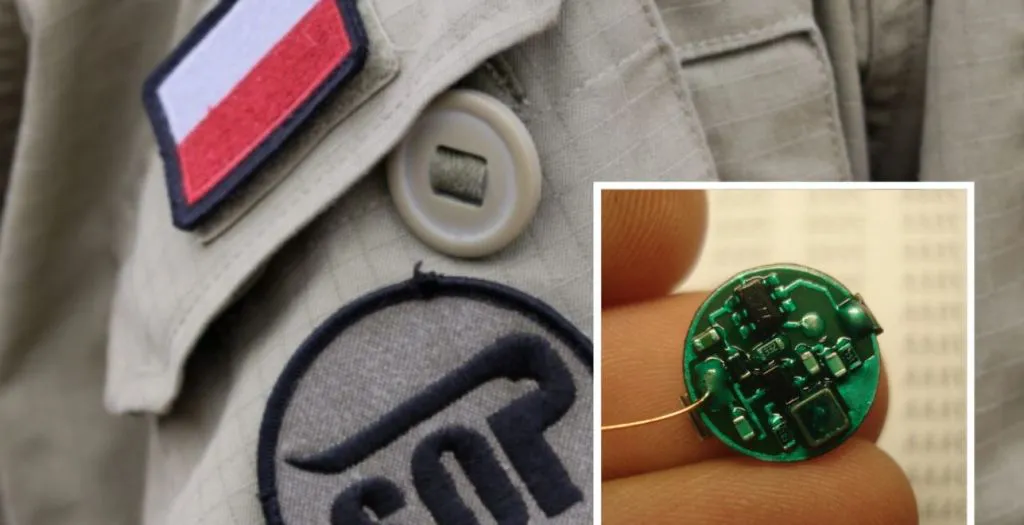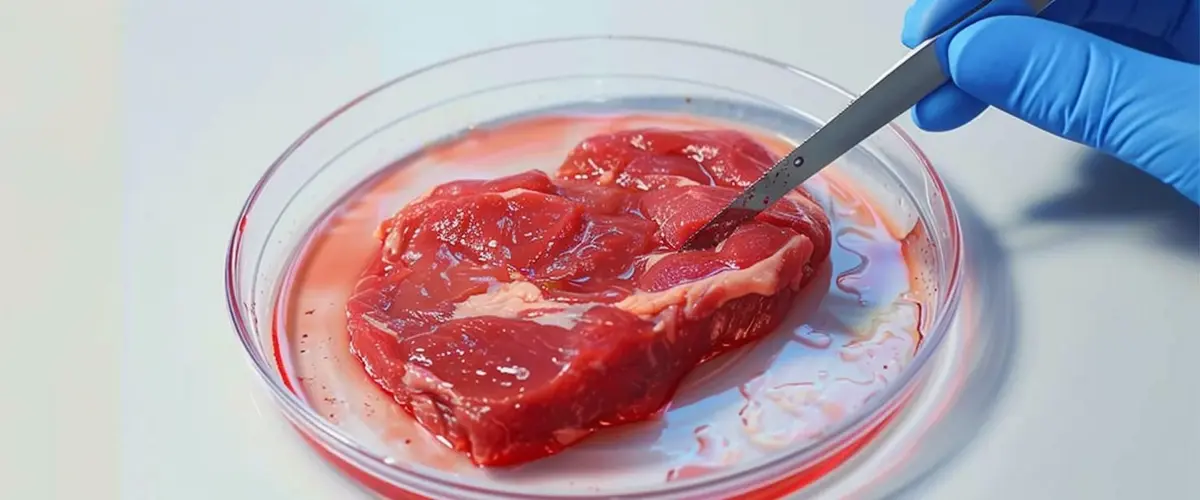From the first months of a child's life, parents anxiously observe the development of an ego bite. Such vigilance is necessary, because many threats are hidden during the formation of the bite, but at the same time, the correct approach and professional orthodontist quickly corrects emerging defects.
In the prevention of malocclusion, it is very important to catch alarm signals in early childhood and, first of all, to eliminate factors that can lead to improper alignment of teeth later on. A defect that is not corrected at the right time may only deepen in the following years and it will be difficult to correct it. Orthodontic treatment in adult life is always longer and more expensive. So, let's take a close look at what is happening with the teeth of even a very young child, and immediately start using the services of a trusted orthodontist if we see abnormalities.
It is worth controlling the child's bite
Even if, according to the parents, nothing happens with the child's bite during the growth of the child, at some point it is still worth visiting an orthodontist. The moment after the growth of all milk teeth, or 2,5–3 years, is the time to check the child. Then the specialist can assess whether the bite is developing correctly and whether it meets the standard of development. Such preventive examination is a good practice. Parents often do not understand what factors can affect the deterioration, and evaluate the appearance of the teeth too superficially. On the other hand, a control visit is a moment that can protect a little person not only from complexes, but also from health problems in the future.
Alarms
So, what are the signs that a child may have problems with the correct arrangement of teeth not only now, but also in adult life? According to experts, it is necessary to monitor milk teeth. The first problem is ruptures, the occurrence of which is correct and desirable. However, if cracks do not appear and we see that the teeth are too close together, this is not yet an indication for treatment, but it is already an assumption that crowding in the permanent teeth will most likely appear in the future.
When do you need an earlier appointment with an orthodontist?
In exceptional cases, for example, when a child suffers an injury and loses one or more milk teeth, when teeth are removed due to caries, it is worth considering a child's prosthesis. It preserves space after the loss of milk teeth and prevents unwanted displacement of the remaining teeth and the development of an incorrect bite. In the absence of front teeth, this also improves the appearance of the child. It is worth remembering that proper hygiene and dental treatment of milk teeth are necessary and have a positive effect on the subsequent development of the permanent dentition.
Dangerous habits
Be sure to pay attention to various habits that are already present in young children: excessive nipple sucking, finger sucking, or sleeping with an open mouth. All this may be the first sign that the child will develop an incorrect bite in the future. For example, excessive nipple or finger sucking leads to an incorrect bite, when the upper teeth protrude and the space between the upper teeth begins to become visible. At first it looks unsightly, but above all, it can lead to a serious malocclusion. In the case of a small child, however, it is enough to accept the fight with the very habit of sucking a finger, and then this should soon change. So, if a child at the age of three or four cannot cope with a bad habit, most likely he has problems.
The second common disorder in children of preschool and younger school age is breathing through the mouth, which is facilitated, for example, by frequent infections, allergies, or hypertrophy of the third tonsil. When a child's mouth is open most of the time, the upper jaw will develop incorrectly. The upper teeth protrude, and the lower jaw is pulled back. A narrowed jaw can also cause a so-called crossbite, which consists in the fact that the teeth of the upper arch do not include the lower arch. This is a serious drawback that needs to be dealt with as soon as possible. This is actually the only bite defect that needs to be treated already on milk teeth. For example, an untreated frontal or lateral bite leads to asymmetric development of the lower jaw. If it is noticeable that the child's teeth are growing in the opposite direction, it is necessary to consult an orthodontist as soon as possible. Early treatment of this type of bite allows you to protect the child from long and complex orthodontic treatment, and in more serious cases even before orthognathic surgery.
What else is worth paying attention to?
At approximately six years of age, the period of exchange for permanent teeth begins. This is a turbulent period in the development of teeth (the first permanent teeth grow and milk incisors fall out, and their permanent counterparts are erased in their place). Permanent teeth are larger than milk teeth, so recently grown teeth look a little cartoonish in the mouth of a small child. This is a completely normal phenomenon, in addition, cut lower incisors can create the impression that they do not fit and stand "crooked".
If, on the one hand, a hard tooth has already appeared, and on the other - a baby tooth, this means that the correct growth of the tooth may be blocked, and it is better to consult an orthodontist. In the same way, when it is clear that there is not enough space for a permanent tooth. Then it is very important to use a camera that will recreate this place as soon as possible. At this age, parents should also treat the decay of milk teeth so that they are not removed early. This will avoid many bite defects. At the age of about 10 years, it is worth checking the stage of development of hard canines. It is necessary to perform an intraoral examination and a pantomogram, that is, a photograph of all teeth, which clearly shows the stages of development of permanent teeth and the direction of their eruption.
There are many threats to the correct development of occlusion in childhood. Fortunately, all changes can be cured relatively quickly in adolescence. Therefore, devote some time not only to dental treatment, but also to orthodontic treatment, especially since neglecting the described defects at a younger age leads to serious and difficult to eliminate problems with the bite in adult life.


 875
875











